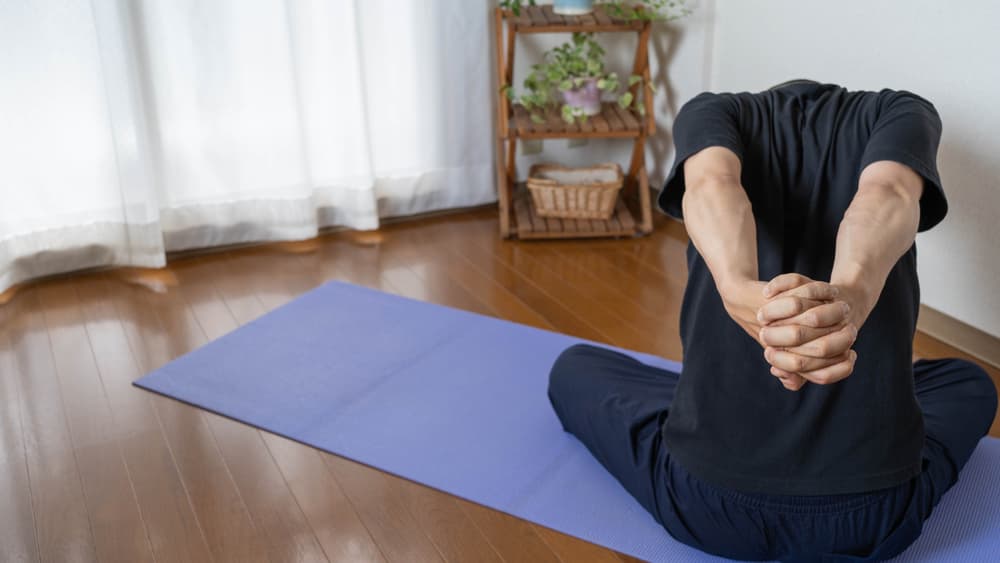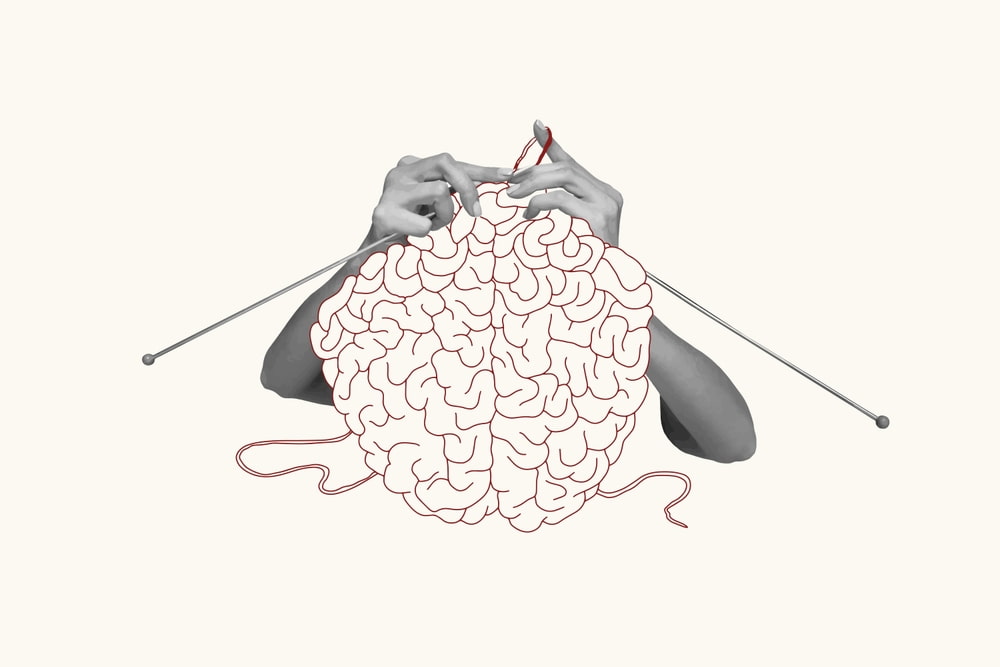Pelvic muscle relaxation techniques
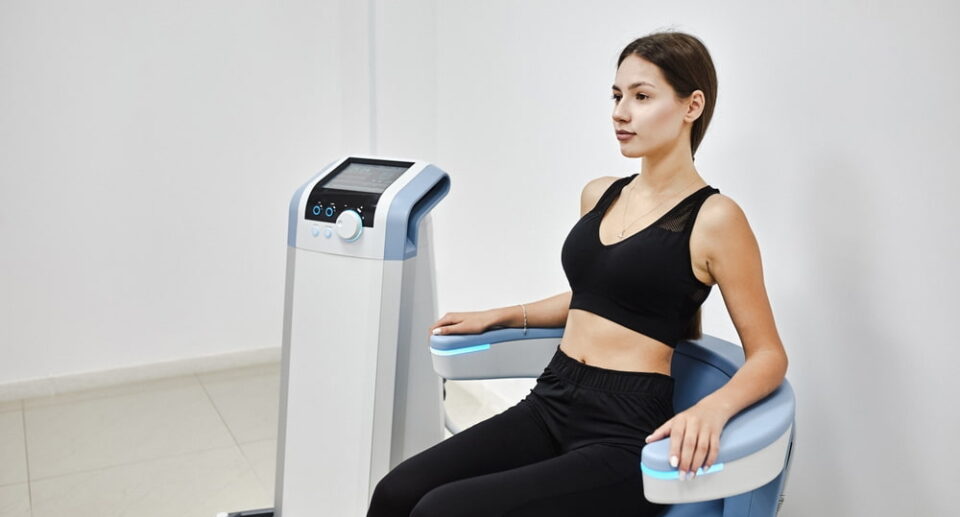

Pelvic muscle relaxation techniques can help relieve tension, improve posture, and reduce lower back and pelvic pain. Your internal floor is a muscle that is so important to the whole body that it assists with your bladder, penis, etc. Unfortunately, countless persons undergo pelvic tension, discomfort, and pain because of stress, bad posture, sitting for long periods, and injury. Unwinding those muscles can support the health of the pelvic region and make a person feel better all over.
In this feature, we will cover the steps to pelvic muscle relaxation and the benefits and inclusion in your daily life. You may consider using these techniques if you have pelvic-related troubles like pain or muscle tightness or are just looking for flexibility improvement.
The study showed that relaxation and biofeedback-based training reduced pelvic tension and improved bladder and bowel function in women with pelvic floor hypertonicity (tight muscles).-Journal of Women’s Health Physical Therapy (2015)
Why Pelvic Relaxation is Important
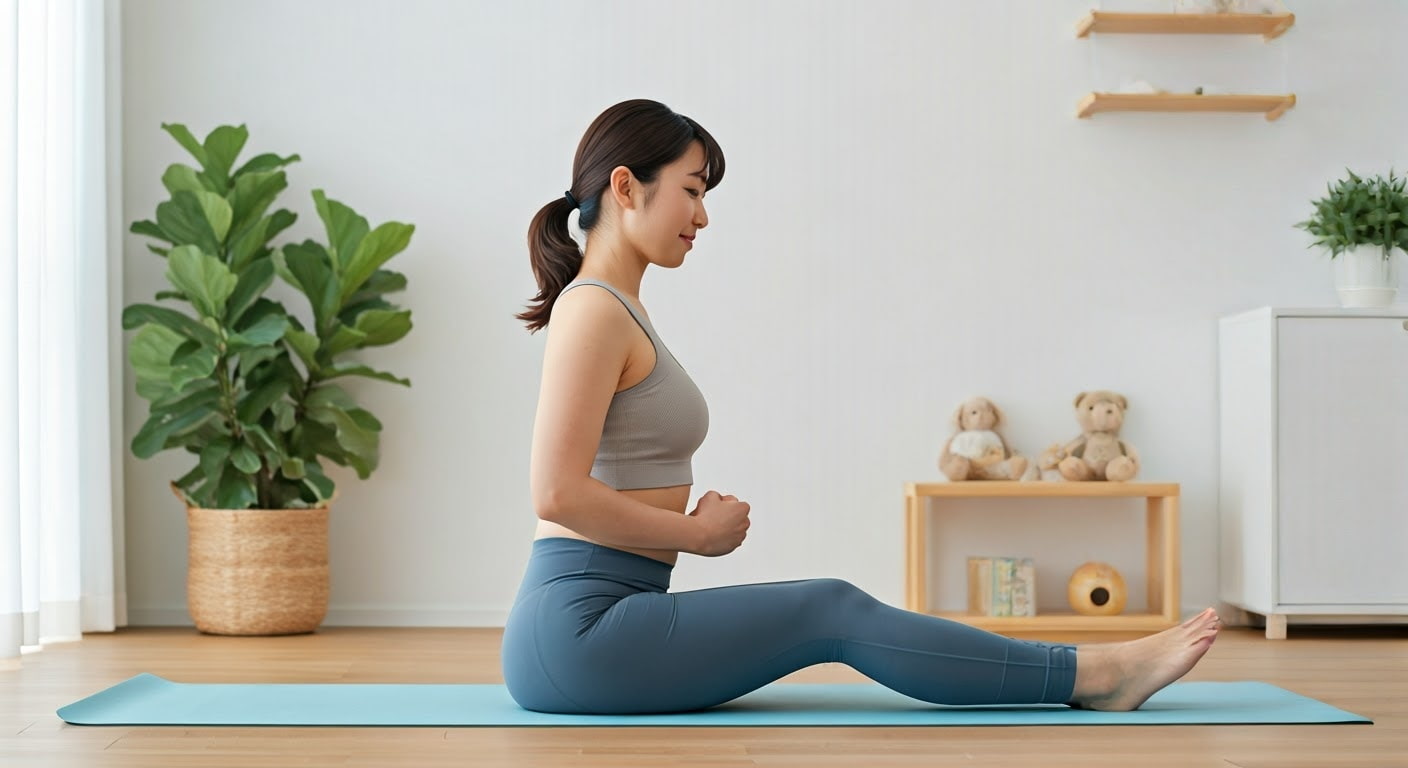

The pelvic floor supports vital organs, maintains bladder and bowel control, and ensures overall comfort during daily activities. However, when very tense or overactive, the muscles can produce discomfort, pain, and different health problems. That’s why pelvic relaxation is essential for overall well-being.
Reduces Pelvic Pain and Tension
Chronic pelvic tension can lead to conditions like pelvic floor dysfunction, making simple activities—such as sitting or walking—uncomfortable. Practicing pelvic relaxation techniques helps release muscle tightness, improving comfort and mobility.
Enhances Bladder and Bowel Function
Tight pelvic muscles can contribute to issues like urinary urgency, constipation, and incomplete emptying of the bladder or bowels. Relaxing these muscles can improve function and prevent discomfort, allowing for better control.
Supports Sexual Health
Pelvic muscle tension can lead to pain during intimacy and decreased sensation. Learning to relax the pelvic floor enhances blood flow and reduces discomfort, leading to a more enjoyable experience.
Prevents Stress and Anxiety-Related Tension
Many people unconsciously hold tension in their pelvic region, especially during stress or anxiety. Pelvic relaxation techniques, such as deep breathing and stretching, can help release emotional and physical stress stored in the muscles.
Promotes Postpartum Recovery
For new mothers, post-pregnancy healing involves regaining strength and flexibility in the pelvic floor. Incorporating relaxation techniques alongside strengthening exercises can support a smoother recovery and prevent complications.
By prioritizing pelvic relaxation, you can reduce pain, improve function, and enhance your overall well-being. Start incorporating simple relaxation exercises into your daily routine to experience long-term benefits!
Signs of Pelvic Muscle Tension


Not sure if your pelvic muscles are tense? Here are some common signs:
- Frequent urge to urinate
- Discomfort in the lower abdomen, hips, or lower back
- Difficulty relaxing during sleep or while sitting
- Pain during physical activity or intimacy
- Feelings of tightness in the pelvic region
Incorporating pelvic relaxation exercises can be highly beneficial if you notice any of these symptoms.
Pelvic Muscle Relaxation Techniques
1. Diaphragmatic Breathing (Deep Belly Breathing)


Deep breathing helps relax the pelvic floor by reducing tension and promoting muscle oxygen flow.
How to do it:
- Sit or lie in a comfortable position.
- Put one hand on the chest and the other hand on the belly.
- Breathe in gently through your nose, and let your belly swell.
- Take a long breath out of your mouth; the stomach should pull in.
- Repeat for 5–10 minutes daily.
2. Pelvic Drop Exercise
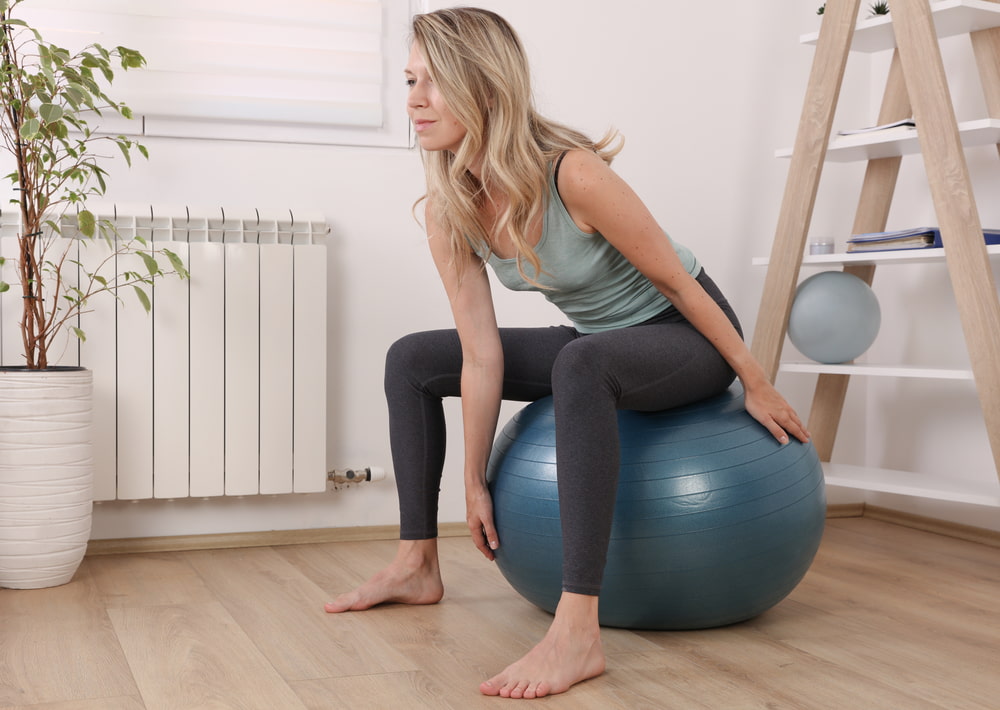

This technique focuses on consciously relaxing the pelvic muscles.
How to do it:
- Sit in a relaxed position, either on a chair or the floor.
- Take a deep breath in and imagine your pelvic muscles softening.
- As you exhale, release any tension in the pelvic floor.
- Repeat for 5 minutes, focusing on muscle relief and relaxation.
3. Progressive Muscle Relaxation
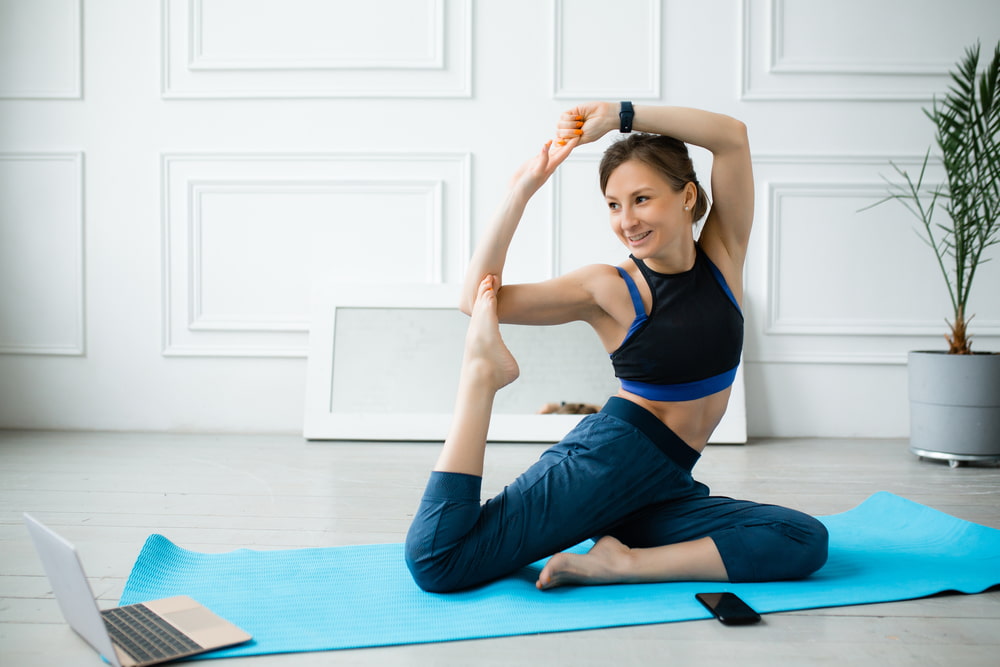

A great way to relieve pelvic tension is by practicing progressive muscle relaxation.
How to do it:
- Start by tensing your feet and slowly working up, contracting, and then releasing different muscle groups.
- When you reach the pelvic region, tense and hold for a few seconds, then release completely.
- Repeat this process 2–3 times, focusing on deep relaxation.
4. Child’s Pose Stretch


The yoga position is fantastic for the relaxation of the pelvic floor as well as the waist area.
How to do it:
- Place your knees on the ground, keeping your toes together and knees apart.
- Lower your torso forward, extending your arms in front of you.
- Press your forehead against the floor and breathe deeply.
- Hold for 1–2 minutes.
5. Hip and Pelvic Mobility Exercises
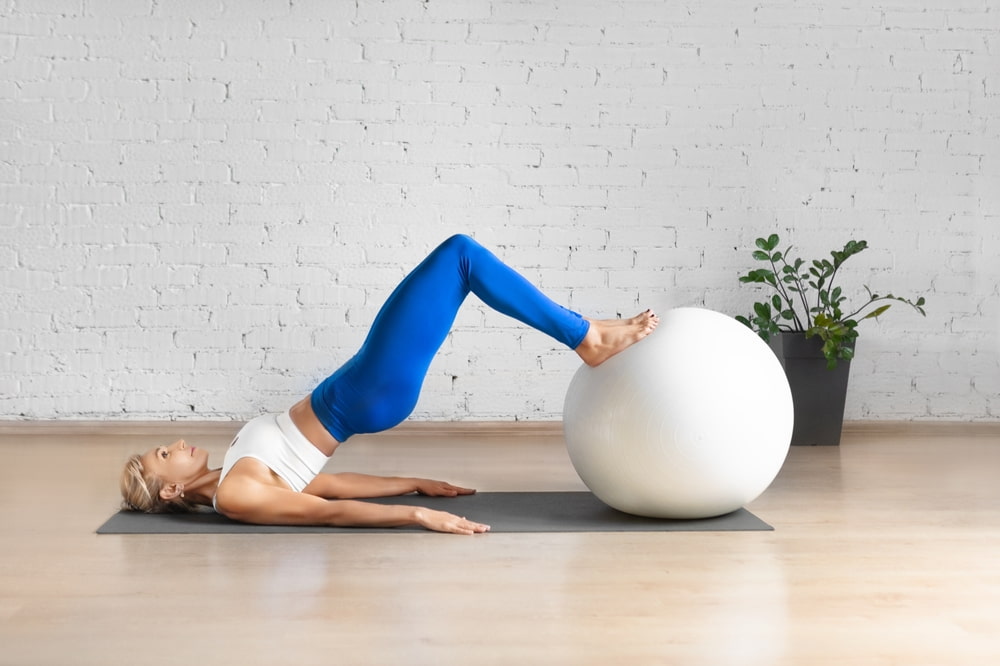

Gentle movements can improve blood flow and reduce tightness in the pelvic area.
Try these:
- Pelvic tilts: Lie on your back, gently tilt your pelvis upward, and then release.
- Hip circles: Keep your feet shoulder-width apart and make a circle with your hips by moving them slowly.
- Butterfly stretch: Sit with your feet together and gently press your knees toward the floor.
Mindfulness and Mental Relaxation for Pelvic Health
Stress and anxiety can contribute to pelvic tension. Incorporating mindfulness practices can help you achieve more profound relaxation.
1. Guided Imagery


Visualizing a peaceful scene can help you release stress and relax your pelvic muscles.
How to do it:
- Close your eyes and picture a calming place like a beach or meadow.
- Focus on slow, deep breaths while mentally “letting go” of tension.
2. Meditation and Body Scanning


A body examination meditation is there to make you conscious of the tension you are feeling and consciously relax the tight areas.
How to do it:
- Sit or lie down in a quiet space.
- Slowly focus on each part of your body, from your feet to your head.
- When you reach your pelvic area, take deep breaths and imagine the muscles loosening.
Lifestyle Tips for Pelvic Health
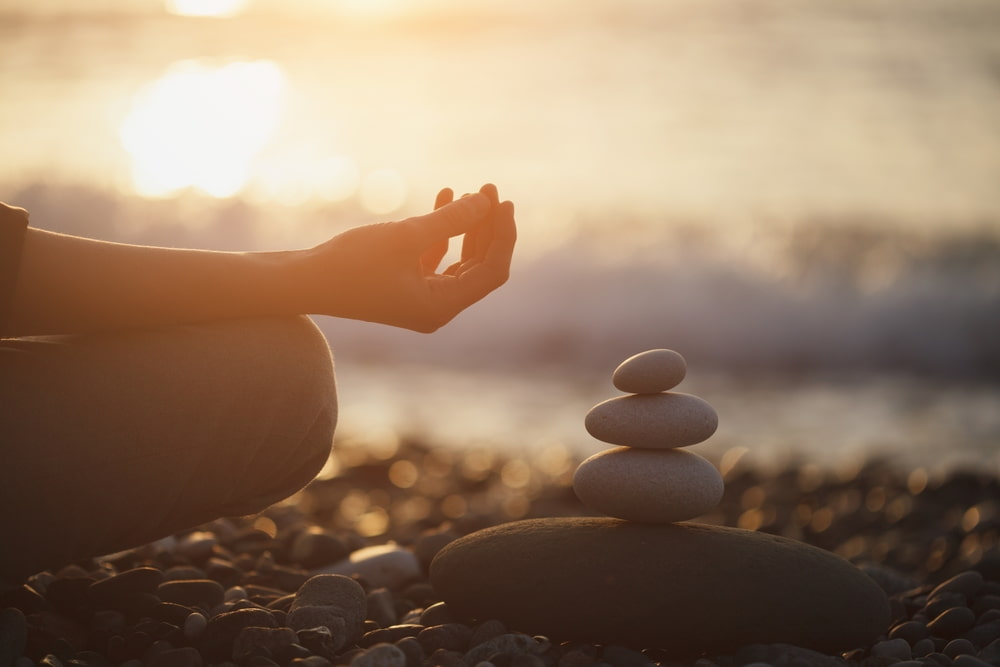

Besides exercises, small lifestyle changes can improve pelvic muscle relaxation:
- Stay Hydrated: Your muscles and tissues can be kept healthy if enough water is drunk.
- Practice Good Posture: Avoid slouching to reduce unnecessary pelvic strain.
- Reduce Caffeine and Alcohol: Both can contribute to muscle tightness.
- Take Breaks from Sitting: Stand up and move around every hour if you work at a desk.
When to Seek Professional Help
If you’re experiencing persistent pelvic pain or muscle tightness that doesn’t improve with relaxation techniques, consider seeking help from:
- Pelvic floor physical therapists
- Yoga or meditation instructors specializing in pelvic health
- Doctors or specialists in pelvic pain management
Taking care of your pelvic muscles is essential for long-term comfort and health. Incorporating simple relaxation techniques like deep breathing, stretching, mindfulness, and mobility exercises can reduce pelvic tension, improve flexibility, and enhance overall well-being.
Start Today:
- Try one of the relaxation exercises mentioned above.
- Make pelvic health a priority in your self-care routine.
- Listen to your body and give it the rest it needs.
You’ll notice greater relaxation and reduced pelvic discomfort with consistent practice and awareness. If you’ve found success with pelvic relaxation techniques, share your experience in the comments below!




